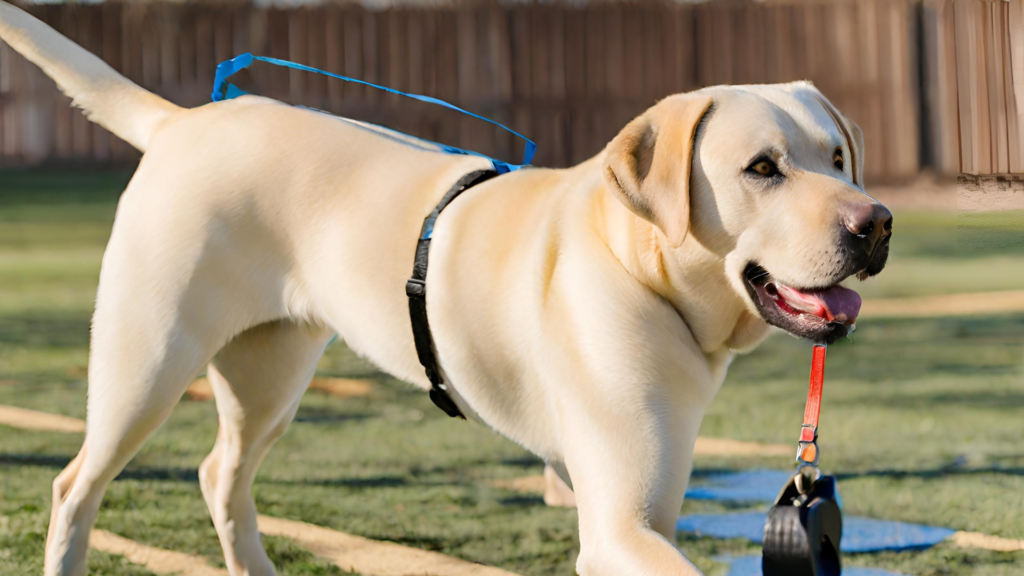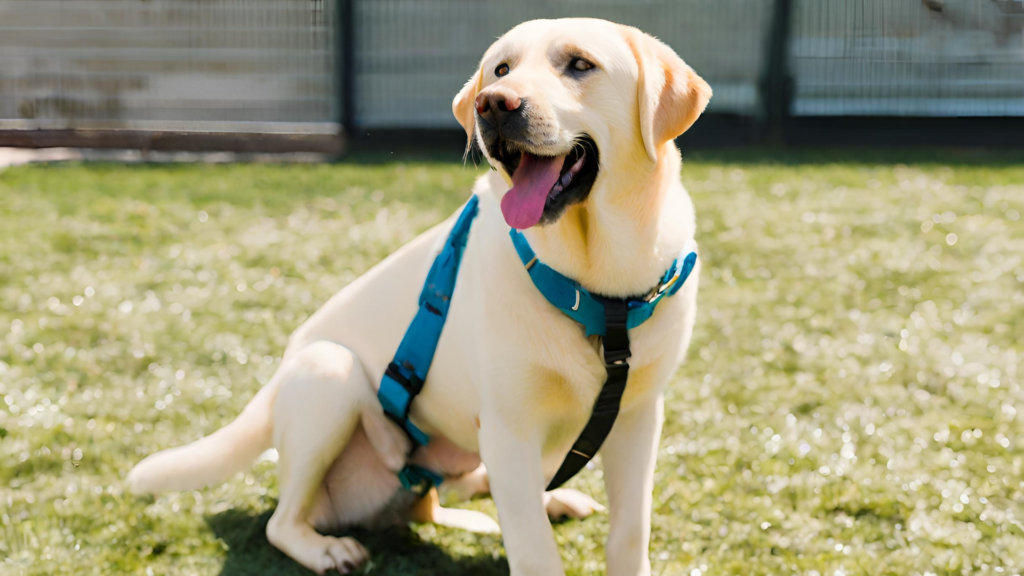Table of Contents
Introduction
Labradors are one of the most beloved dog breeds worldwide, known for their intelligence, loyalty, and friendly nature. Whether you have a new Labrador puppy or an adult dog, proper training is essential for a harmonious relationship and a well-behaved companion. In this comprehensive guide, we will explore the key aspects of Labrador training, covering everything from basic commands to advanced obedience techniques. By following these tips and implementing the recommended training methods, you can establish a solid foundation and nurture a well-rounded Labrador.
Understanding Labrador Behavior

Before diving into the specifics of Labrador training, it’s important to have a basic understanding of their behavior and temperament. Labradors are known for their high energy levels and desire to please their owners. They thrive on positive reinforcement and are quick learners when provided with consistent training. Being a social breed, they tend to get along well with other pets and make excellent family pets. Labrador puppies can be energetic and mischievous, but with proper training, they can grow up to be obedient and well-mannered dogs.
Key Points:
- Labradors are intelligent, energetic, and eager to please their owners.
- Positive reinforcement is an effective training approach.
- Labradors are social and get along well with other pets.
Basic Commands Labrador Training

Establishing a strong foundation of basic commands is essential for effective Labrador training. Teach these fundamental commands in a positive and reward-based manner to ensure a successful training experience.
Sit:
- Hold a treat close to your Labrador’s nose, then raise your hand above their head.
- As their head follows the treat, their bottom will naturally lower into a sitting position.
- Once they are in a sitting position, say “sit” and reward them with the treat.
Stay:
- Ask your Labrador to sit.
- Show your palm to their face and say “Stay.”
- Take a few steps back while maintaining eye contact with your dog.
- If your dog stays in position, reward them with praise and a treat.
Lie Down:
- Start with your dog in a sitting position.
- Hold a treat close to their nose and then move it slowly towards the floor.
- As they follow the treatment, their body will naturally lower into a lying down position.
- Once they are lying down, say “lie down” and reward them with the treat.
Recall:
- Begin in a controlled and safe environment.
- Call your Labrador’s name in a cheerful tone.
- As they come to you, reward them with praise, treats, or a combination of both.
- Gradually increase the distance and distractions to reinforce reliable recall.
Leash Training:
- Start by introducing your Labrador to a collar or harness and allow them to get comfortable wearing it.
- Attach a lightweight leash and let your dog roam with it in a secure and controlled area.
- Begin walking, gently guiding your dog by your side with treats and positive reinforcement.
- Gradually increase the duration and complexity of walks, introducing commands such as “heel” for walking beside you.
Advanced Obedience Training

Once your Labrador has mastered the basic commands, you can focus on advanced obedience training to further enhance their skills and discipline. These techniques will help your Labrador become a well-mannered and obedient companion.
Heel:
- Begin with your Labrador on a leash and give the command “heel.”
- Hold the leash close to your body, and start walking.
- If your Labrador pulls, stop immediately. Once they return to your side, resume walking.
- Reward your dog with praise and treats when they consistently walk calmly beside you.
Leave it:
- Place a treat in your closed hand, showing it to your Labrador.
- Say “leave it” and wait for them to lose interest in the treat.
- Once they divert their attention away from your hand, reward them with a different treat or praise.
Off:
- When your Labrador jumps on you or others, calmly say “off.”
- Turn away and ignore them until they have all four paws on the ground.
- Once they are down, reward them with attention and praise.
Stay:
- Ask your Labrador to sit or lie down.
- Step away while facing them, keeping eye contact.
- Begin with short durations and gradually increase the distance and time apart.
- Return to your dog and reward them for maintaining their position.
Socialization and Behavioral Training

In addition to basic and advanced obedience training, socialization, and behavioral training are crucial for your Labrador’s overall development and well-being. These training aspects focus on teaching your Labrador how to interact with other animals, people, and various environments.
Puppy Socialization:
- Introduce your Labrador puppy to new people, pets, and environments gradually and positively.
- Arrange controlled playdates with well-behaved dogs to encourage healthy socialization.
- Expose them to different sounds, surfaces, and situations to build their confidence.
Desensitization:
- Identify any fears or anxieties your Labrador may have, such as thunderstorms or car trips.
- Gradually expose them to these stimuli in a controlled manner, pairing them with positive experiences and rewards.
- Consult a professional trainer or behaviorist for specific desensitization techniques.
Positive Reinforcement:
- Reward your Labrador for desired behaviors, such as good manners, calmness, or following commands.
- Use treats, praise, and playtime as positive reinforcement.
- Avoid punishment-based training methods, as they can be detrimental to their overall well-being and the training process.
Conclusion
Labradors are intelligent and eager-to-please dogs that respond well to positive reinforcement training techniques. By establishing a solid foundation of basic commands, advancing to advanced obedience training, and incorporating socialization and behavioral training, you can mold your Labrador into a well-behaved and balanced companion. Remember to be patient, and consistent, and provide plenty of love and positive reinforcement throughout the training journey. With the guidance provided in this ultimate Labrador training guide, you’ll be well-equipped to raise a happy and obedient Labrador.
“Training a Labrador is not only a journey of teaching commands; it’s an opportunity to build a lifelong bond based on trust and companionship.”
Lola is a passionate blogger, weaving heartfelt stories that capture the enchantment of French Bulldogs, the warmth of Golden Retrievers, and the exuberance of Labrador Retrievers, showcasing the profound emotional bonds formed with these beloved canine companions.










